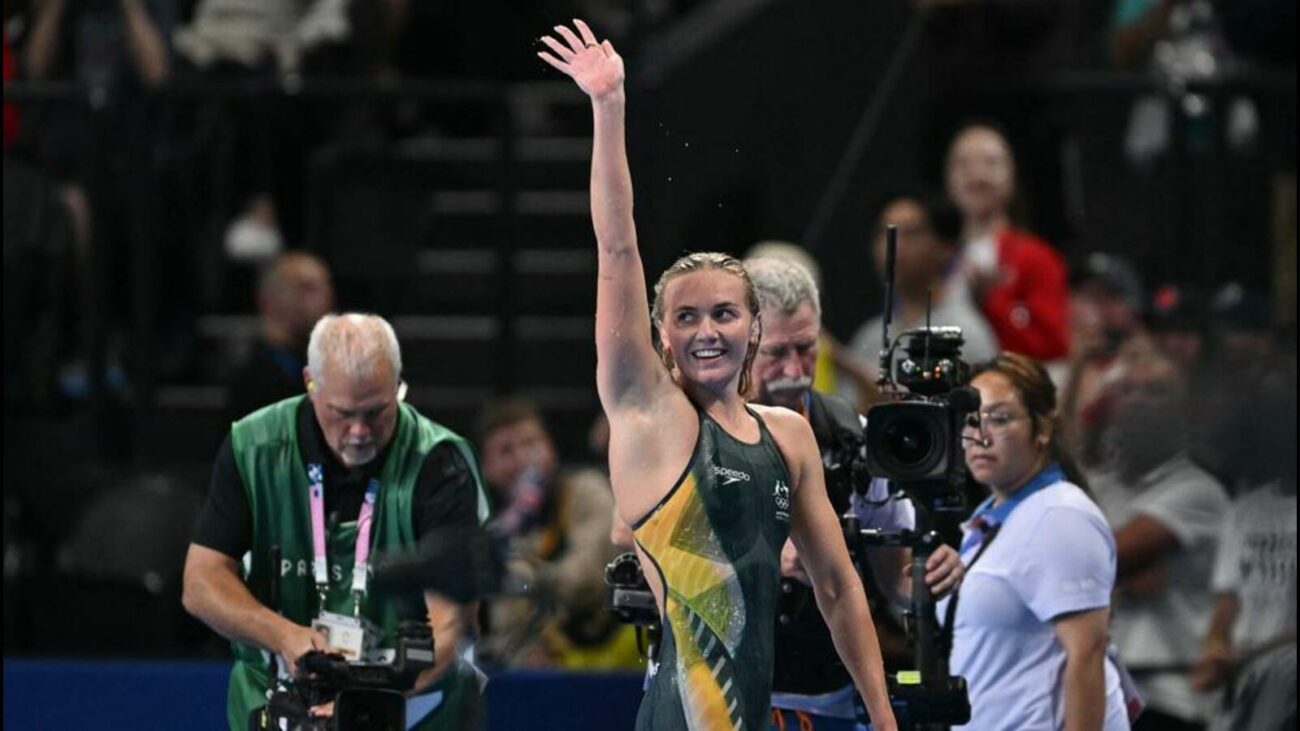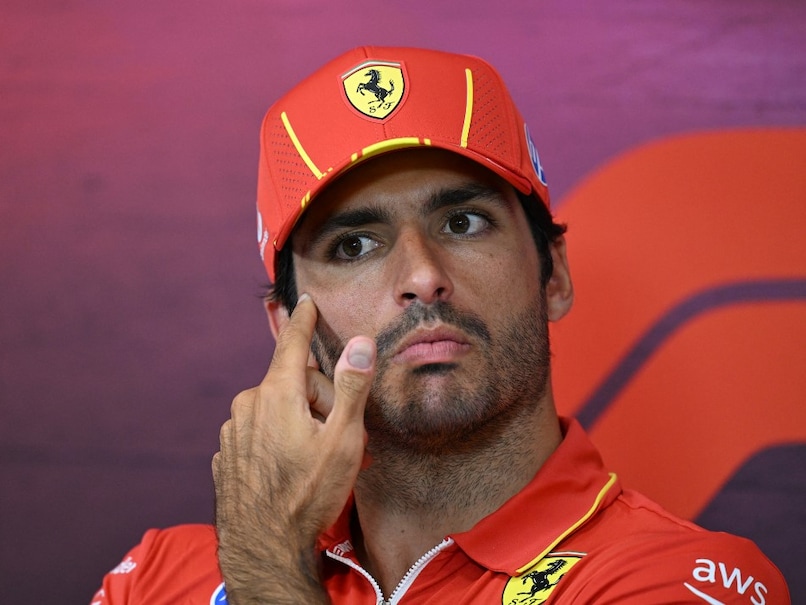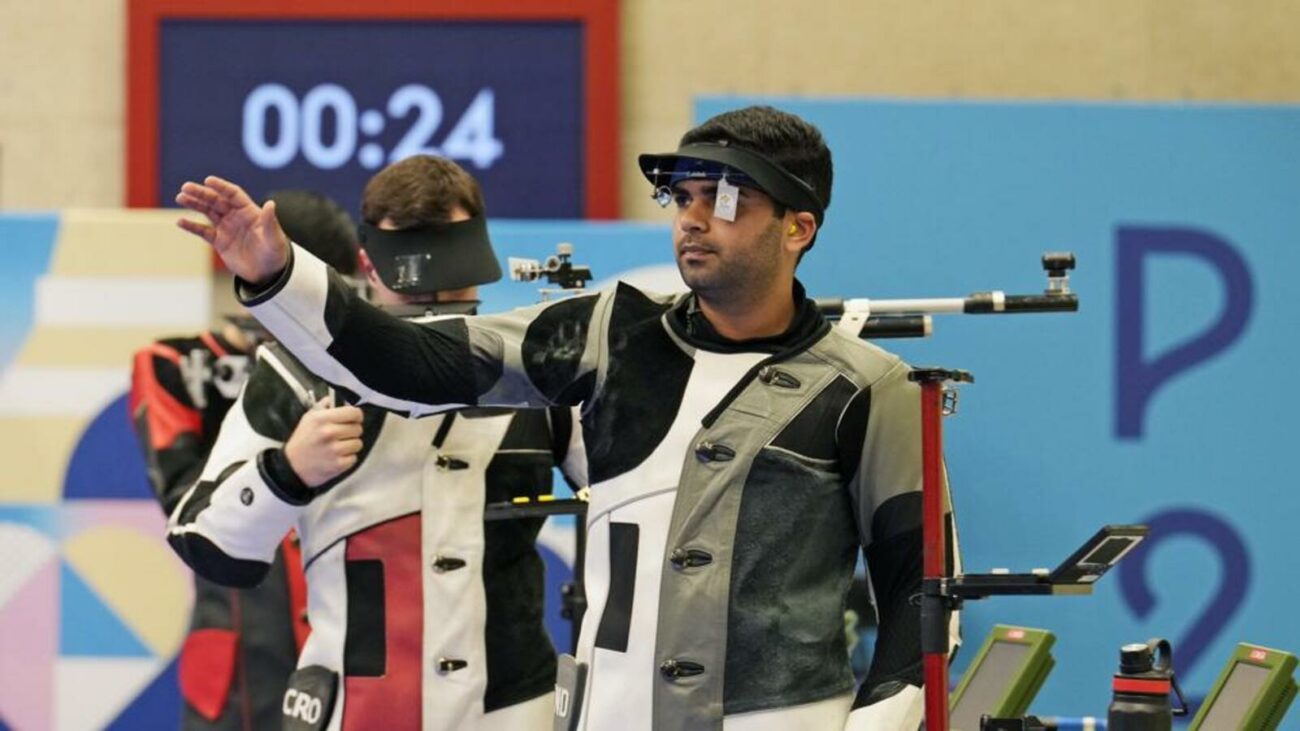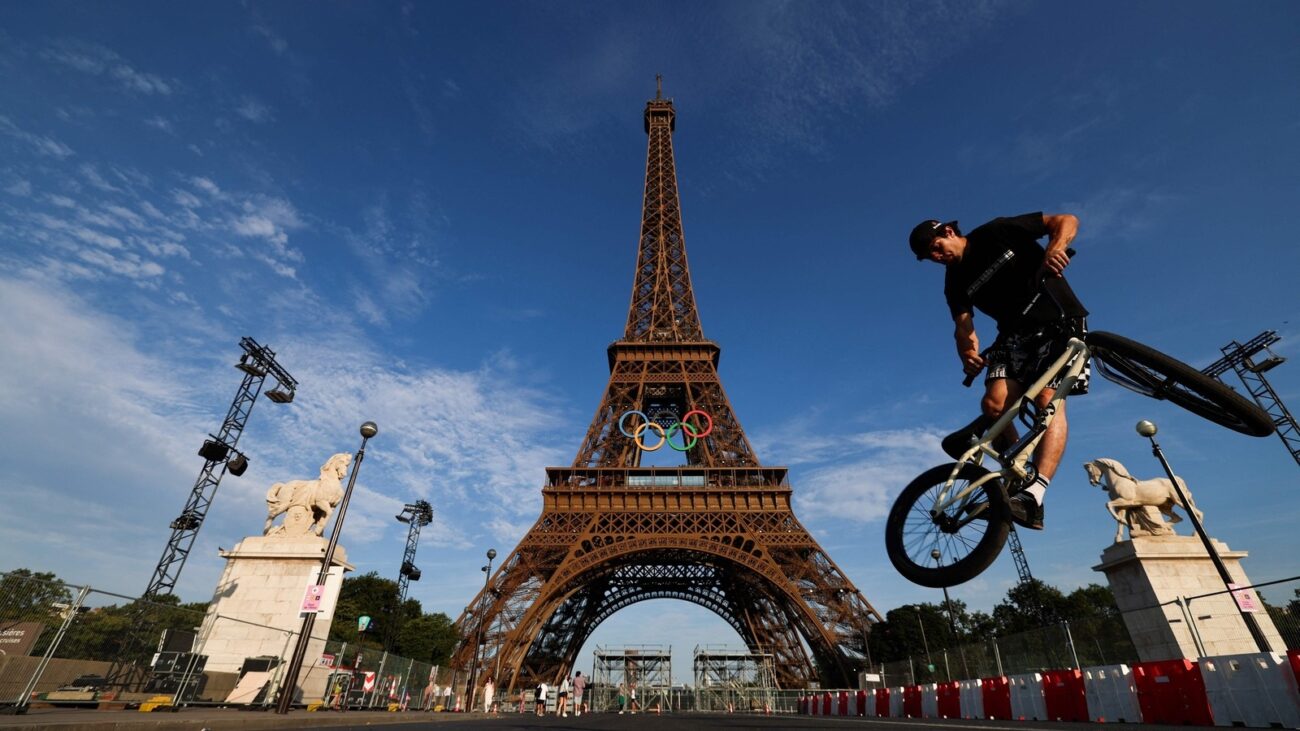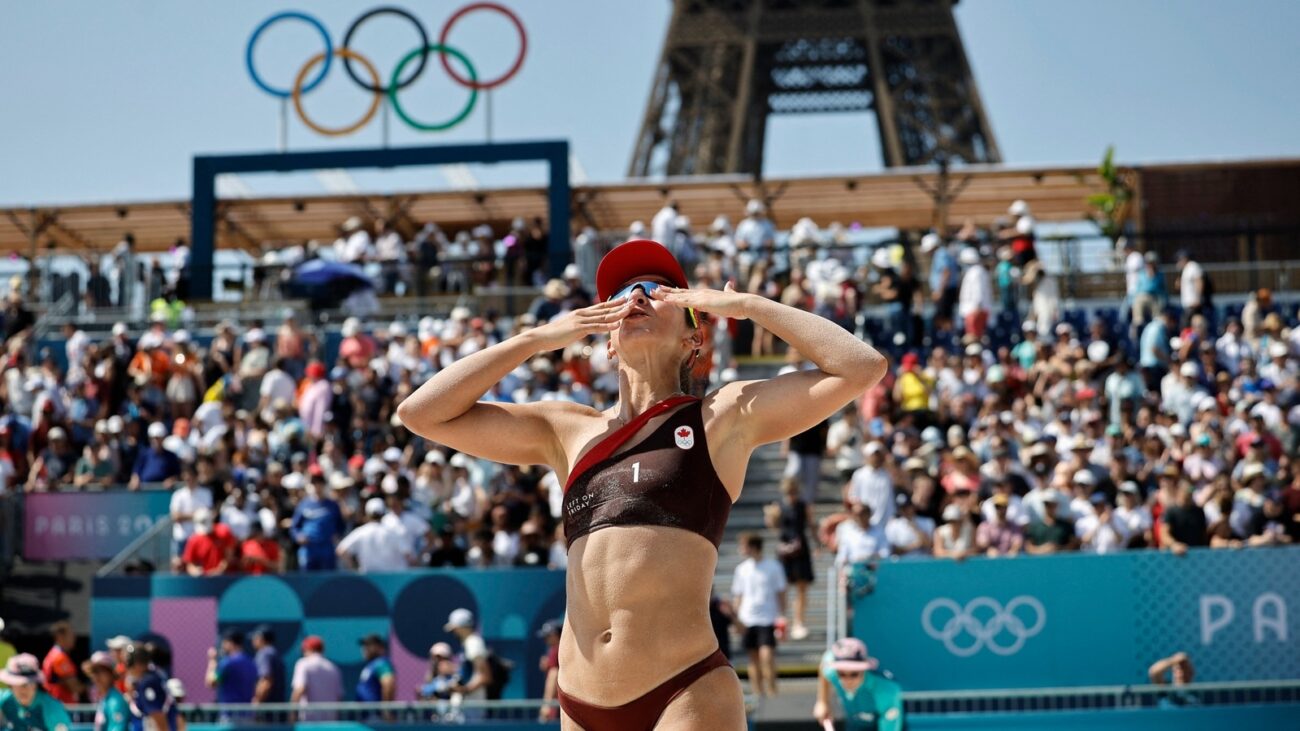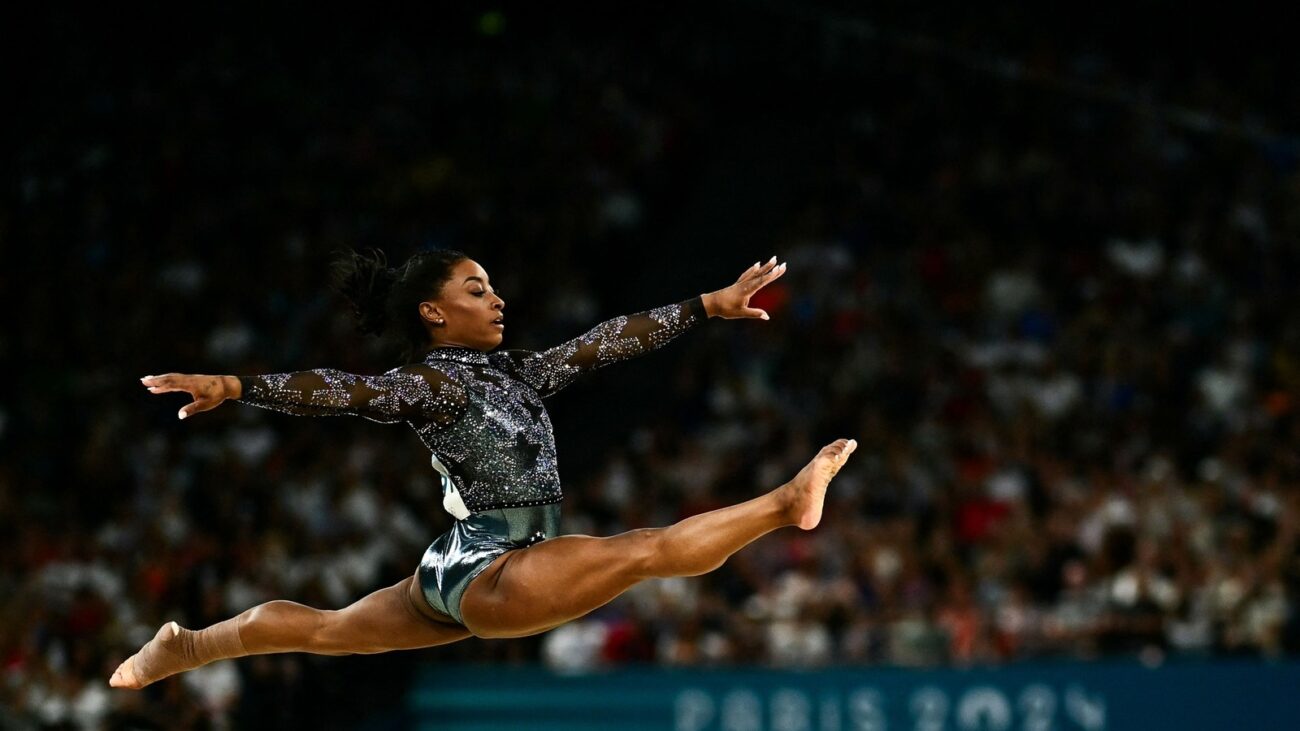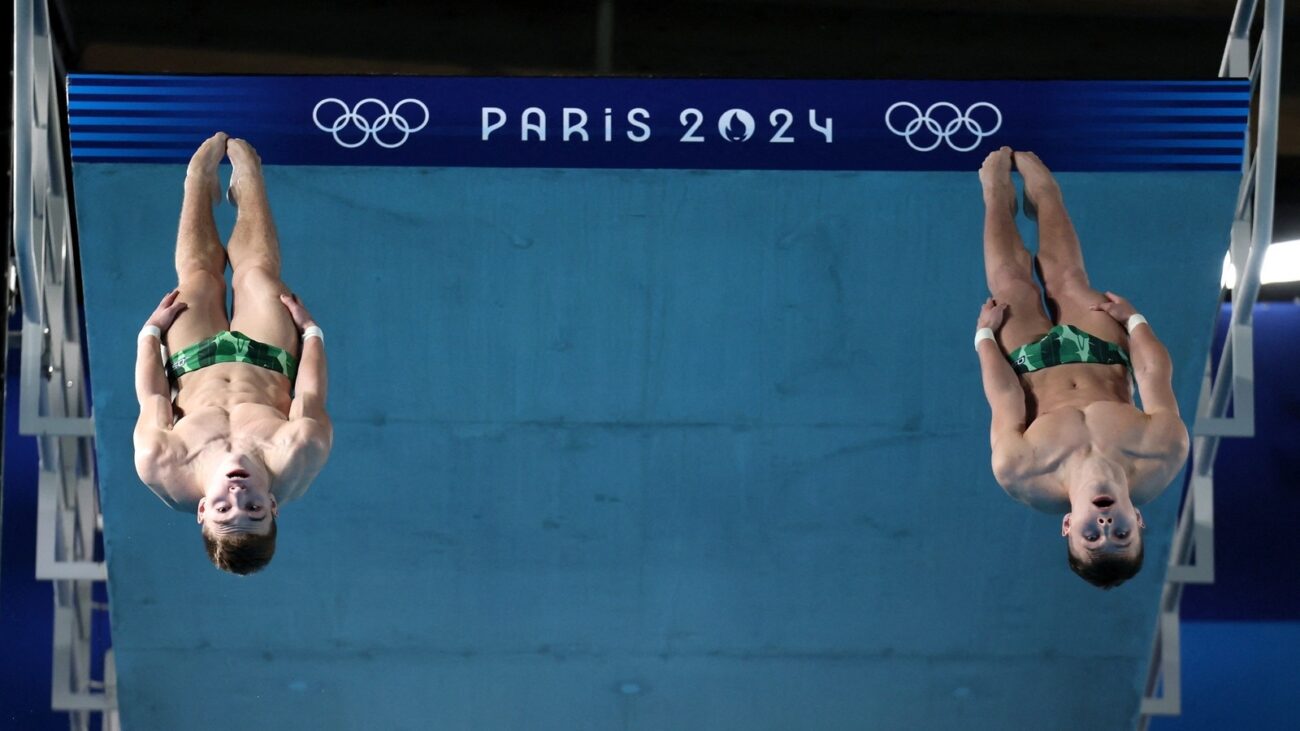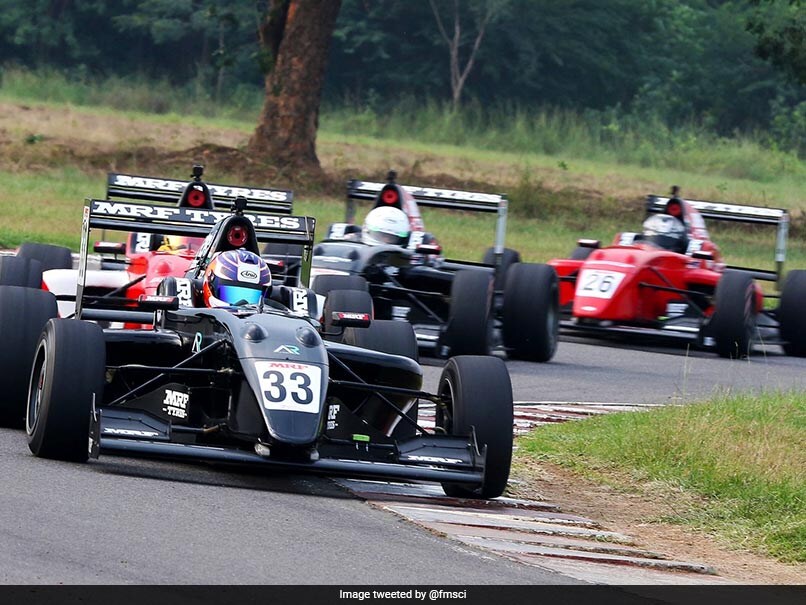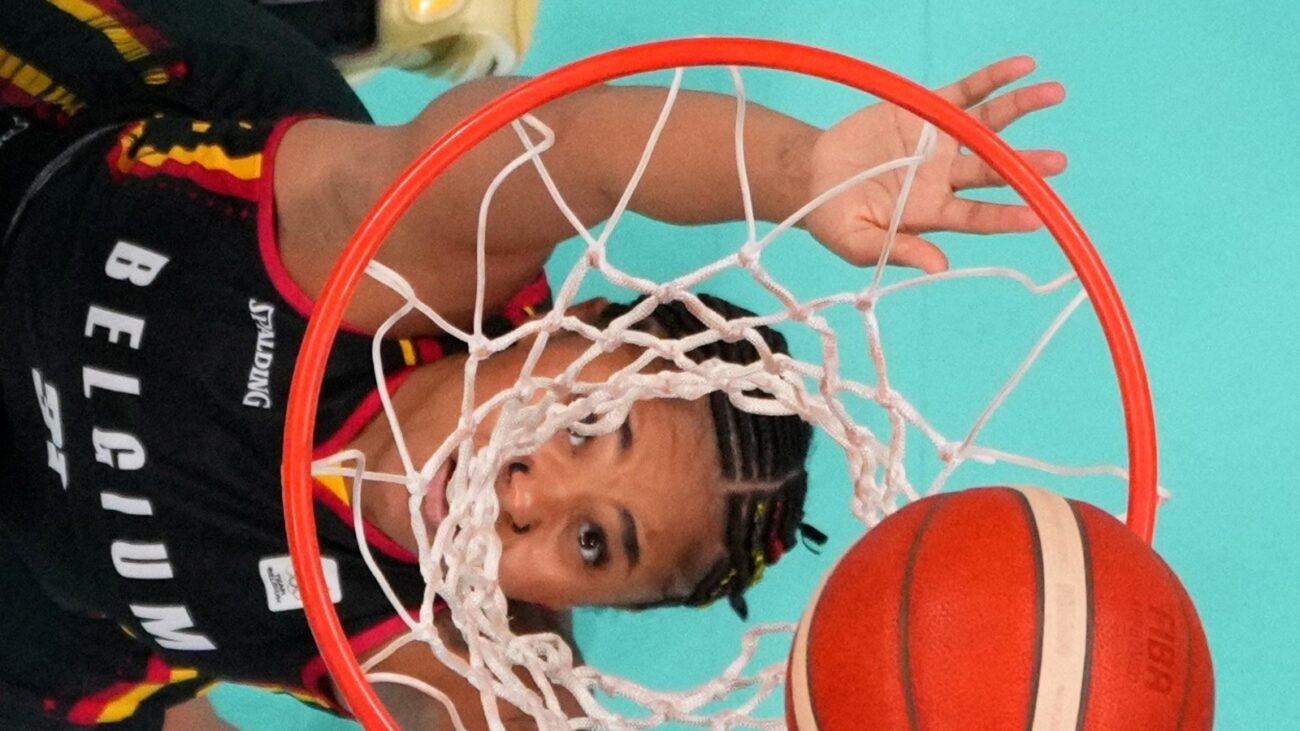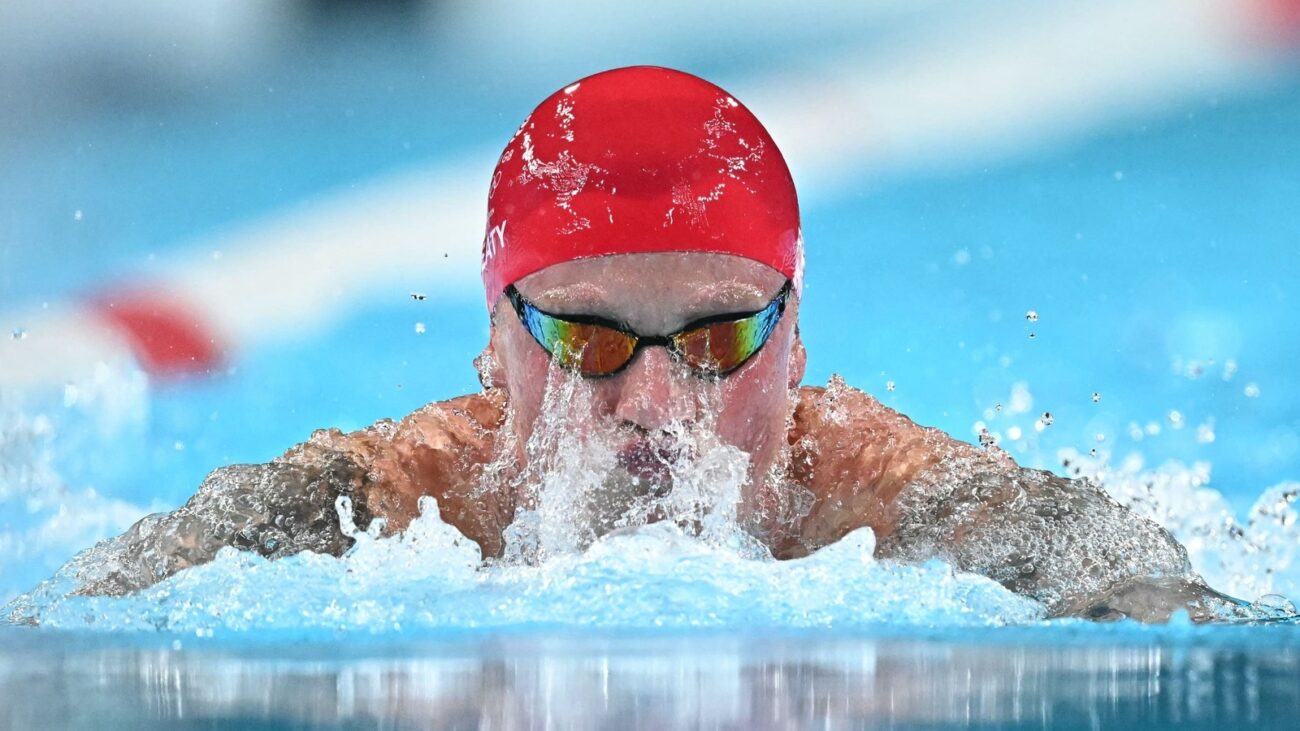Australia’s Swimming Dominance: A Pipeline of Talent
Australia’s swimming dominance stems from a meticulously designed talent pipeline that identifies and nurtures young swimmers from a young age. With a population of just 27 million, Australia faces stiff competition from swimming powerhouses like the United States and China. To overcome this challenge, the country has implemented a comprehensive system that ensures a steady flow of world-class swimmers.
The Australian swimming structure revolves around eight high-performance centers, known as performance hubs, located across different states. These hubs collaborate with swimming clubs and state talent leagues to identify promising young swimmers. National youth technical leads work closely with coaches at these clubs to monitor and develop young talent.
At around age 13-14 for girls and 14-15 for boys, swimmers are invited to participate in national event camps. These camps focus on stroke-specific development and provide young swimmers with access to expert coaching and training facilities. The goal is to identify and nurture swimmers with exceptional talent and competitive intelligence.
The Australian system also emphasizes multi-sport development, recognizing that early specialization can hinder long-term success. Swimmers are encouraged to participate in other sports to develop their overall athleticism and competitive spirit.
As swimmers progress through the system, they are supported by a network of highly skilled coaches. Australia boasts some of the world’s best coaches, who work collaboratively with the national team to ensure that swimmers receive the highest level of training and support.
The success of Australia’s swimming pipeline was evident at the Tokyo Olympics, where the country won nine gold medals, finishing second only to the United States. At the Paris Olympics, Australia has already matched the United States with two gold medals.
The Australian swimming structure is a testament to the country’s commitment to excellence in the sport. By investing in talent identification, stroke-specific development, and a collaborative coaching network, Australia has created a system that consistently produces world-class swimmers.

